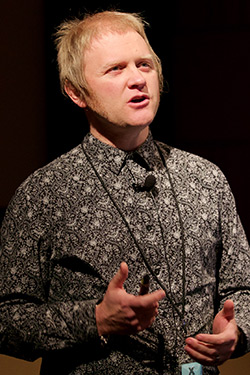Marcus Ransom, RMIT UniversityPart of XW15
Apple IDs pose many challenges to traditional ITS models in Enterprise and Education. This presentation will look at the different kinds of Apple IDs and how they are intended to be integrated into Apple’s deployment solutions and online systems such as VPP, DEP, GSX, Family Sharing and so on. These offerings from Apple have also changed the landscape for provisioning and managing devices away from the traditional “Golden Triangle” of binding to both Active and Open Directory. We will look at how the Apple ID fits into the new methodologies and some strategies that will help provide the best possible user experience.
 Marcus has been integrating Apple devices into various enterprise environments for over a decade, from small design studios through to one to one iPad programs. In his current role as the Lead Apple Technician at RMIT University, he is responsible for the integration and support of the Apple fleet into the wider University. Understanding the changing Apple ecosystem and developing a community amongst Apple system administrators are two objectives that motivate him to improve the way Apple devices are supported and perceived in the wider IT environment.
Marcus has been integrating Apple devices into various enterprise environments for over a decade, from small design studios through to one to one iPad programs. In his current role as the Lead Apple Technician at RMIT University, he is responsible for the integration and support of the Apple fleet into the wider University. Understanding the changing Apple ecosystem and developing a community amongst Apple system administrators are two objectives that motivate him to improve the way Apple devices are supported and perceived in the wider IT environment.
